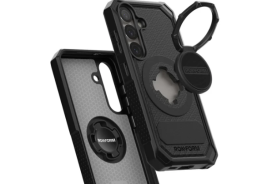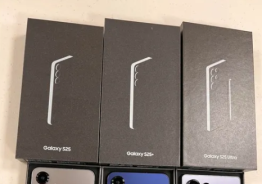Microsoft is reportedly planning an event for late January to introduce Windows 10 and its consumer features to the public.
The company's Windows 8 OS was not very well-received and didn't see the adoption rates Microsoft was most likely hoping for, and everyone's waiting to see just how Windows 10 will make things better. Some reports even indicated that Microsoft skipped the Windows 9 version and went straight to Windows 10 in order to highlight the great difference between its new OS and the current one.
While the Consumer Electronics Show (CES) 2015 takes place in January and Microsoft will surely participate in the event, the company will reportedly save Windows 10 for a separate event of its own.
The information comes from The Verge, which claims to have learned about Microsoft's plans from sources close to the company.
"Microsoft is planning to detail the consumer features of Windows 10 at an event in January. While Microsoft will be present at the Consumer Electronics Show in early January, sources familiar with the company tell The Verge that Microsoft will hold a separate press event in late January to unveil the consumer preview of Windows 10. Microsoft previously promised 'early 2015' for a discussion on consumer features, and it appears the company is on track," the publication reports.
The company's first unveiling of Windows 10 was quite brief and didn't offer many details in terms of consumer features, but the upcoming event is expected to consist of a more comprehensive presentation. At the same time, Microsoft should also announce details regarding the consumer preview at the event in January.
Windows 10 will not ditch all of the criticized features in Windows 8, but it will mirror great improvements and significant efforts to address the issues. Dubbed "Threshold," Windows 10 is expected to dive deeper into Continuum (not to be confused with Apple's Continuity), which enables the desktop and applications to adjust based on the device's nature or state.
For instance, Windows 10's Continuum will display the "Modern" interface of Windows 8 (with some changes) on a tablet, while switching to the traditional desktop mode when a keyboard and mouse are connected. These changes will occur in real time, and such adjustments will include even Modern apps.
At the same time, Microsoft also aims to unify its Windows platform across devices. The company currently has Windows, Windows RT, and Windows Phone operating systems, but plans to offer one unified platform that will adjust according to the device in use. It remains to be seen whether this will mean just one Windows 10 for all or a slew of Windows 10 editions, but it should become clear in a couple of months.
© Copyright 2025 Mobile & Apps, All rights reserved. Do not reproduce without permission.















